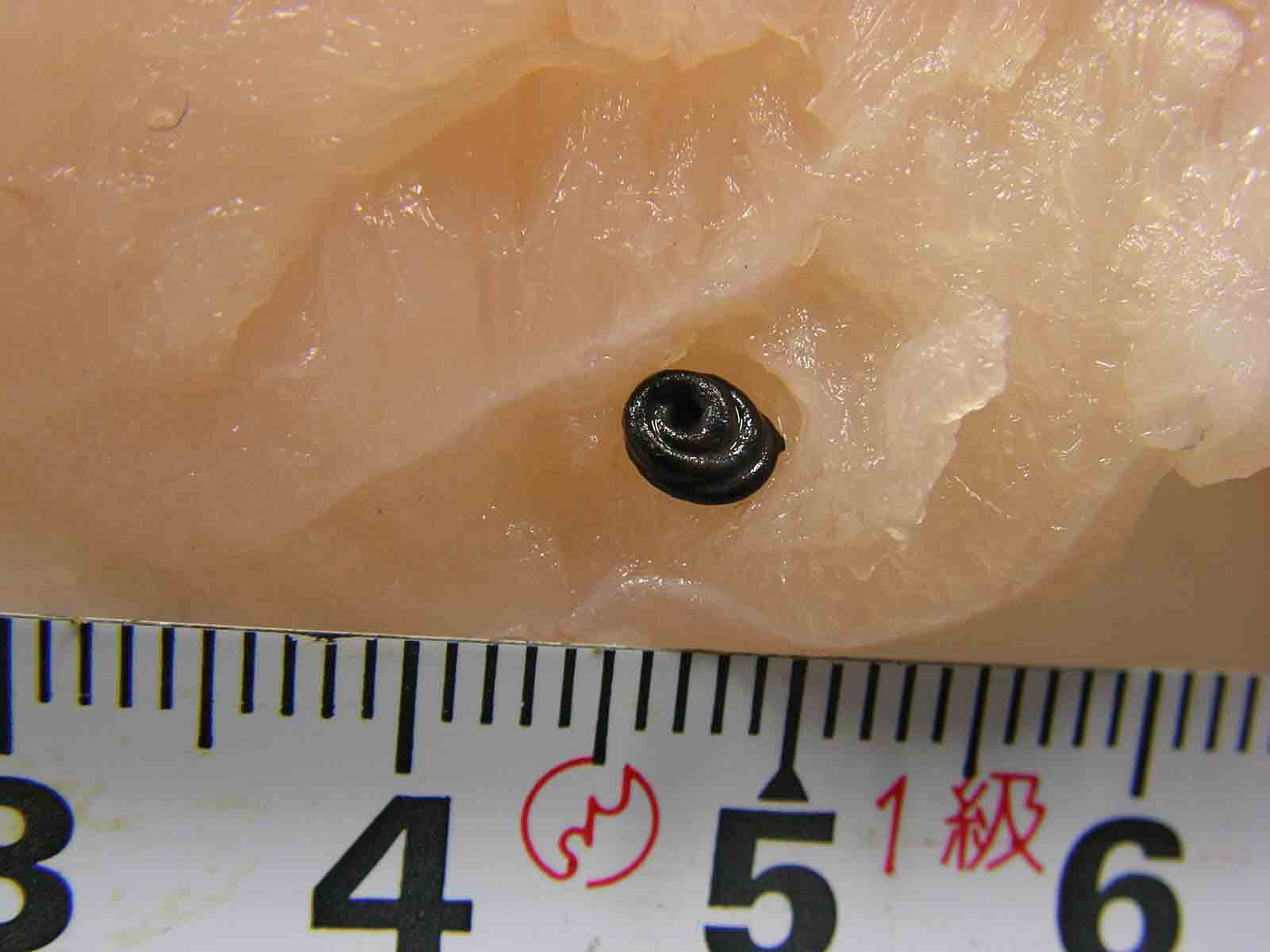History of the Irish Hake
 Merluccius comes from the Latin mar, maris = the sea + Latin, lucius = pike
Merluccius comes from the Latin mar, maris = the sea + Latin, lucius = pike
And indeed Sea pike is a name that can be found in connection with hake across the globe. Other vernacular names include Cornish salmon and herring hake. It is a predatory species which was often netted alongside the herring and a 19th-century account states:
"It is a very voracious fish, devouring great numbers of herrings and pilchards; hence it is frequently called the Herring Hake."
The Irish 'colmoír' is probably derived from the Danish name 'kulmule' which means ‘coal mouth’ and refers to the grey-black inside of the hake’s large mouth.
Did you know that the Italian name for hake is "nasello" meaning "long nose"? We can see why.
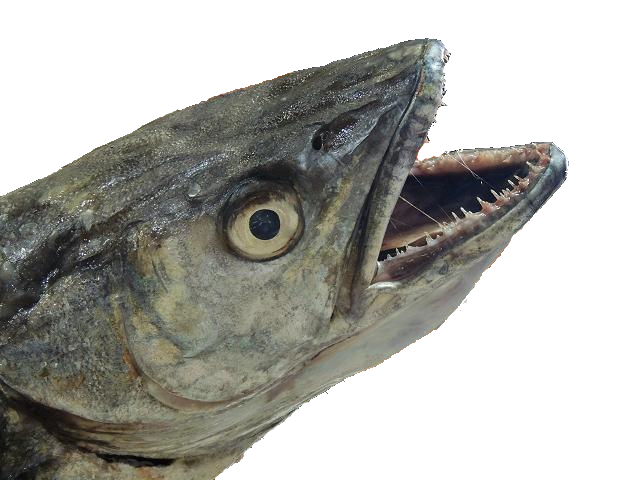
Hake is deeply rooted in Irish fishing history and here, we ask our inhouse expert Patrick Hayes again - like we did with the herring - what he can tell us about the fishery.
The beginning of hake fishery in Ireland
Like herring, the hake fishery likely began around 1000 AD in Ireland. For most of the medieval and early modern period, hake was the second most important catch in Irish waters, after herring. The hake fishing season took place during the summer months, while herring was caught mostly in the autumn and winter.
In the fifteenth and sixteenth centuries, fishing vessels from Spain, England and France all visited the Irish shore during these summer months to catch hake. Since then, not much has changed and the biggest takers of northern hake in Irish waters are still France, Spain and the UK.
The complexity of the hake fishery
The journey of Santa Maria in 1511 provides a detailed example of a typical Spanish voyage for hake:
The ship departed from Lekeitio in the Basque Country before picking up salt in La Rochelle. It then proceeded to the Aran Islands off the west coast of Ireland where the fishers used smaller boats to make their catches of hake. The crew intended to leave Ireland by Christmas and planned to sell their fish in Cadiz and Rome (Barkham, 2001 “The Spanish Basque Irish Fishery & Trade in the Sixteenth-Century”). This example shows the complex nature of these voyages, involving ships from the north of Spain, French salt, and final markets in the central Mediterranean.
English evidence shows that hake fishing boats left south-west England in late May and early June and generally returned to their home ports after 12 weeks in late August and September (Kowaleski, 2000 “The expansion of the South-Western Fisheries in Late Medieval England”). This timing largely coincides with the northward movement of the spawning hake. So, it seems likely fishers knew the hake would be more abundant on the Irish coast during the summer and early Autumn months. The fishery drew ships from all along the shores of Devon, Cornwall, and Somerset. It is difficult to estimate the total number of vessels that were going to Ireland, but we know that in 1497/8, 30 ships sailed from Plymouth to Ireland with salt as their only cargo. The fishers used the salt they carried to process their catch and bring it back to England. A portion of the fish was then re-exported to other ports. An Exchequer inquiry from the Devon ports in 1474-5 reveals that vessels from eleven different ports in Devon shipped Irish fish onwards to ports in Kent, Hampshire, Devon, Somerset, and Gloucestershire.
Ireland's fish exports
These lines from an English poem demonstrate how important fish exports from Ireland were at the time. The poem itself is a tract on the nature of trade at that time and this is what it says about Irish commodities:
- I caste to speke of Irelande but lytelle
- Commoditees of it I woll entitell
- Hydes and fish, samon, hake and heryng
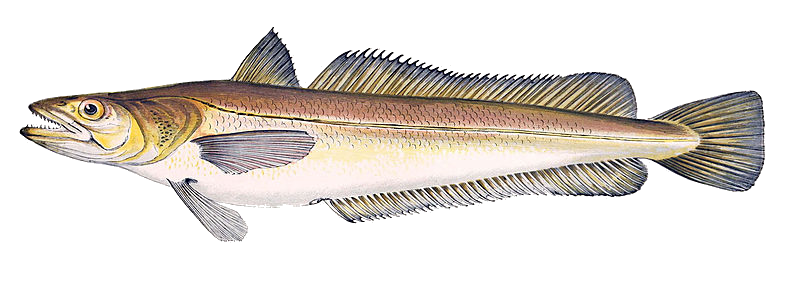
This was composed by an unknown Author in The Libelle of Englyshe Polycye, 1436/7 published by Oxford University press in 1926.
Many towns on the south-east coast of Ireland were involved in the hake fishery. Waterford and its surrounding towns were particularly important in the catching and trading of hake. The small town of Ballyhack, just outside Waterford, may have even derived its name from hake according to Went (1946, “The Irish hake fishery”). A survey from 1541 indicated there were nine fishers living in Ballyhack and additionally any visiting fishing landing at ‘le key’ had to pay one cod, hake or one penny depending on what kind of fish they were landing.
The decline of the hake fishery
Patrick knows further that trade data suggest a decline of the Irish hake fishery sooner than the herring fishery in the sixteenth century. Patrick argues that this may be related to the qualities of hake itself.
Hake was a white fish comparable in taste and appearance to cod. For this reason, hake’s decline may have been associated more with the rise of the Newfoundland cod fisheries and the increase of cod imports from Newfoundland to England and Ireland from the middle of the sixteenth century. Additionally, the promise of abundant catches in the New World may have drawn fishers away from the Irish hake fishery, reduced the number of boats catching fish in Ireland, and consequently impacted supply.
Frank Forrester’s Fishermens’ Guide in 1885 mentions a hake that was transplanted from the coast of Ireland to Cape Cod on the coast of Massachusetts in the United States. The Fishermens′ Guide stated:
“This is an Irish salt water fish, similar in appearance to the tom cod. In Galway bay, and other sea inlets of Ireland, the hake is exceedingly abundant, and is taken in great numbers. It is also found in England and France. Since the Irish immigration to America, the hake has followed in the wake of their masters, as it is now found in New York bay, in the waters around Boston, and off Cape Cod. Here it is called the stock fish, and the Bostonians call them poor Johns. It is a singular fact that until within a few years this fish was never seen in America. It does not grow as large here as in Europe, though here they are from ten to eighteen inches [25 to 46 cm] in length. The general color of this fish is a reddish brown, with some golden tints—the sides being of a pink silvery luster.”
Like herring too, the impact of trade restrictions and warfare related to the Tudor re-conquest of Ireland severely impacted the hake fishery in the sixteenth century. Around 1500 there was a diverse cast of fishing fleets catching hake in Irish waters, but by 1602 the fishery had virtually ceased. However, the fishery would recover in the seventeenth century and remain one of the most important target species in Irish waters up to the nineteenth century and even today as our information on the sustainability of hake shows.
Ecology of hake
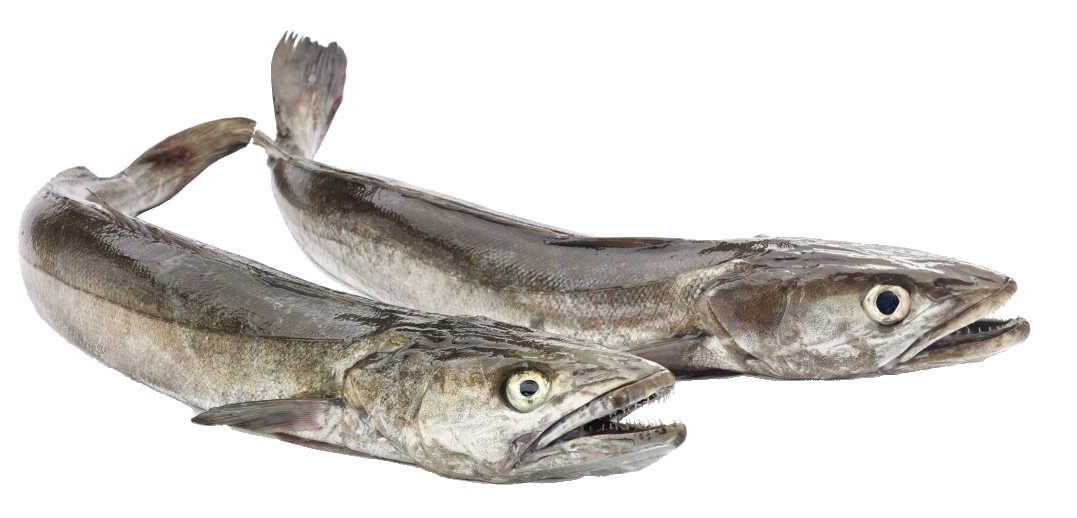
European Hake (Merluccius merluccius) is one of the most important demersal fish stocks in European waters. It is commonly caught in mixed fisheries throughout the North East Atlantic, along with cod, haddock and whiting.
This slender not very pretty looking fish belongs to the order of Gadiformes and is therefore related to cod, haddock and other major food fish.
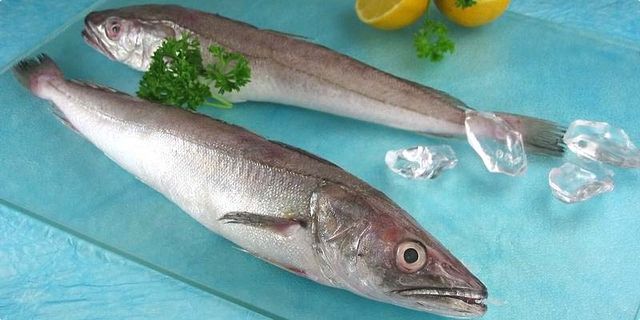
Hake distribution
Hake can be found in the Eastern Atlantic all the way from Iceland and Norway and southward along the west coast of Africa to Mauritania. It also occurs in the Mediterranean Sea and its extent into the Black Sea is restricted to the southern shorelines. In the Baltic Sea it doesn’t usually extend further east than the Kattegat, but it has been recorded as far east as Lithuania.
Hake can live for as much as 20 years, and reach a maximum length of 140 cm and weight of 15kg, but their average size in our waters is closer to 50 cm. Sexual maturity is reached around the age of three to four years. They are usually found in waters between 70 and 370 metres in depth, and tend to live close to the seabed in daytime, leaving it during the night to hunt in the water column.
As briefly mentioned above, Merluccius merluccius has a slim body and is equipped with a large head and large jaws with a number of large curved teeth. The inside of the mouth and the branchial cavity are grey-black. The fish is blue-grey on the back, silvery on the flanks and whitish on the underside.
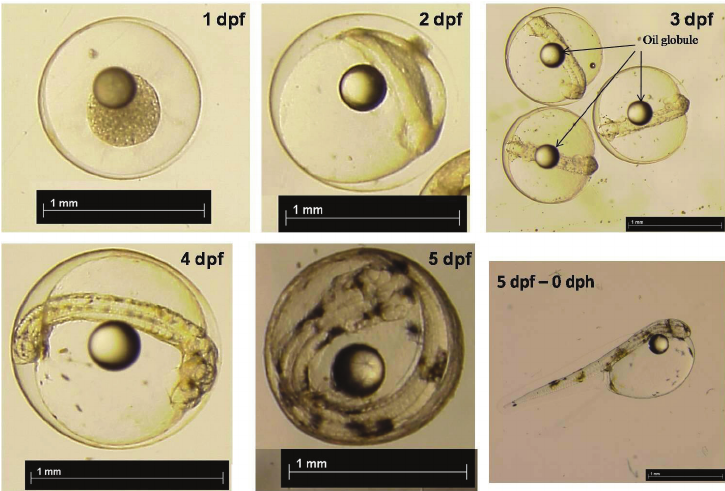
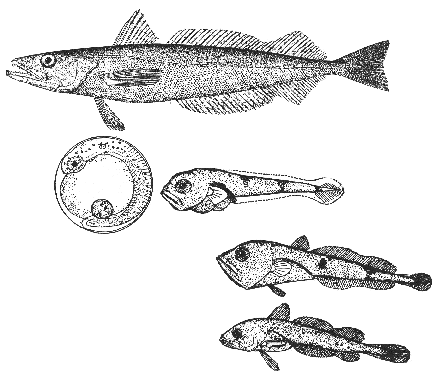
Reproduction cycle of hake
The spawning period of this species is very long and differs between populations. Spawning occurs latest in the more northerly populations, in the Mediterranean spawning lasts from December to June, February–May in the Bay of Biscay, April–July off western Iceland, and May–August off western Scotland. In the Adriatic Sea spawning occurs throughout the year but peaks in summer and winter.
The female hake are partial spawners which means they can lay eggs four or five times during a spawning season with rests in between. In the Celtic Sea spawning take place at depths no greater than 150 m. Most females reach sexual maturity during their seventh year at around 57 cm in length, while for males this occurs in their fifth year when they measure about 40 cm in length in the Atlantic. Females grow faster than the males and each female can lay between 2 to 7 million eggs.
Diet
Small European hake up to 16 cm long, those less than a year old, feed mostly on crustaceans such as krill, mysids and amphipods. It is at this stage of their lives that they prefer deeper water. As they grow and eat increasingly on fish they migrate to shallower areas. In the north east Atlantic they feed on blue whiting, horse mackerel and species belonging to the herring family. They have been reported to be cannibalistic and cephalopods (octopus) were found in some stomach samples.
Hake Trivia
Since Merluccius merluccius is such a highly prized food fish and important for the fishing and food industry, its parasites have been well studied. As many as nineteen species of metazoan parasites have been identified on hake in a single study from the Mediterranean.
